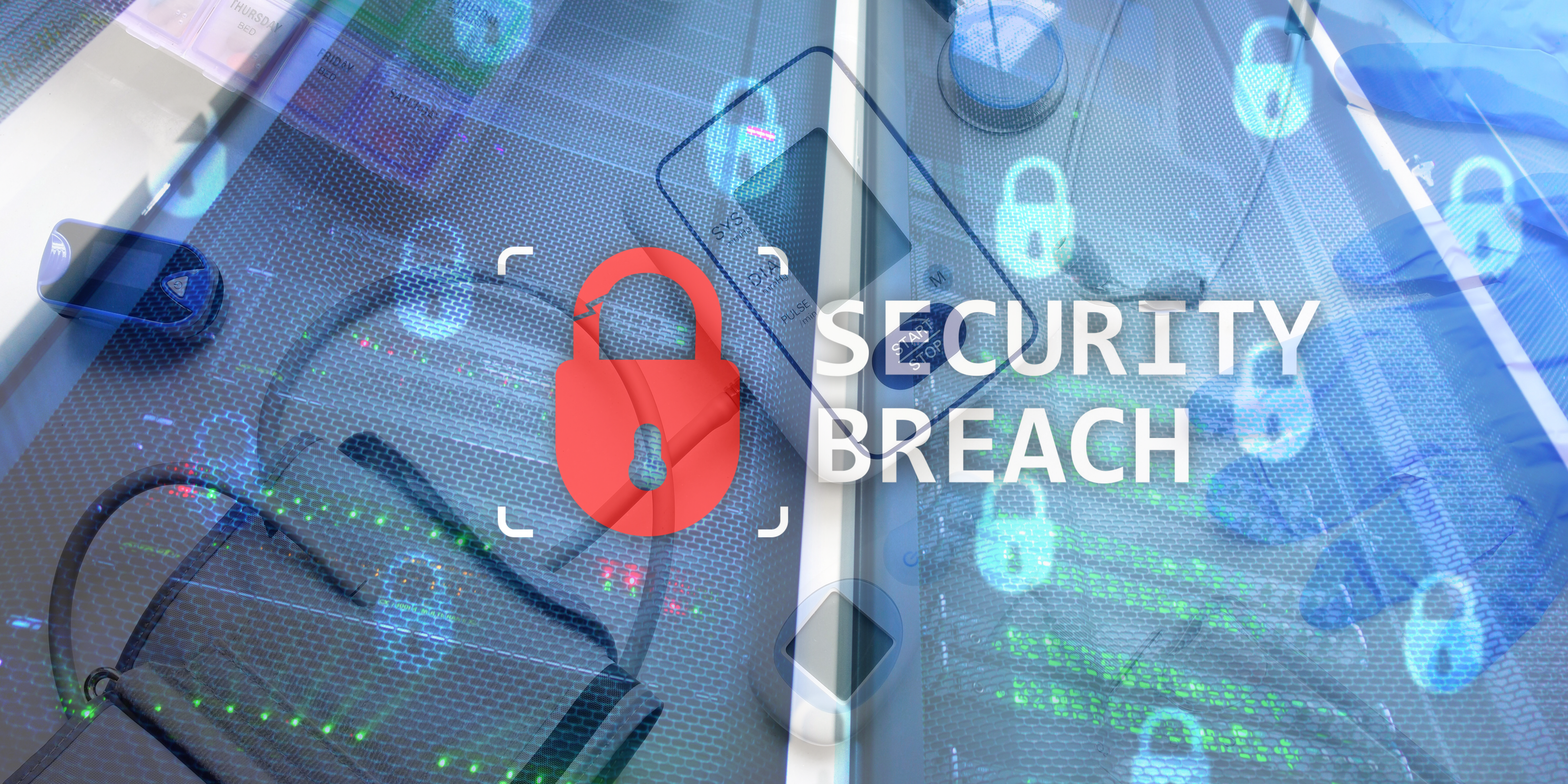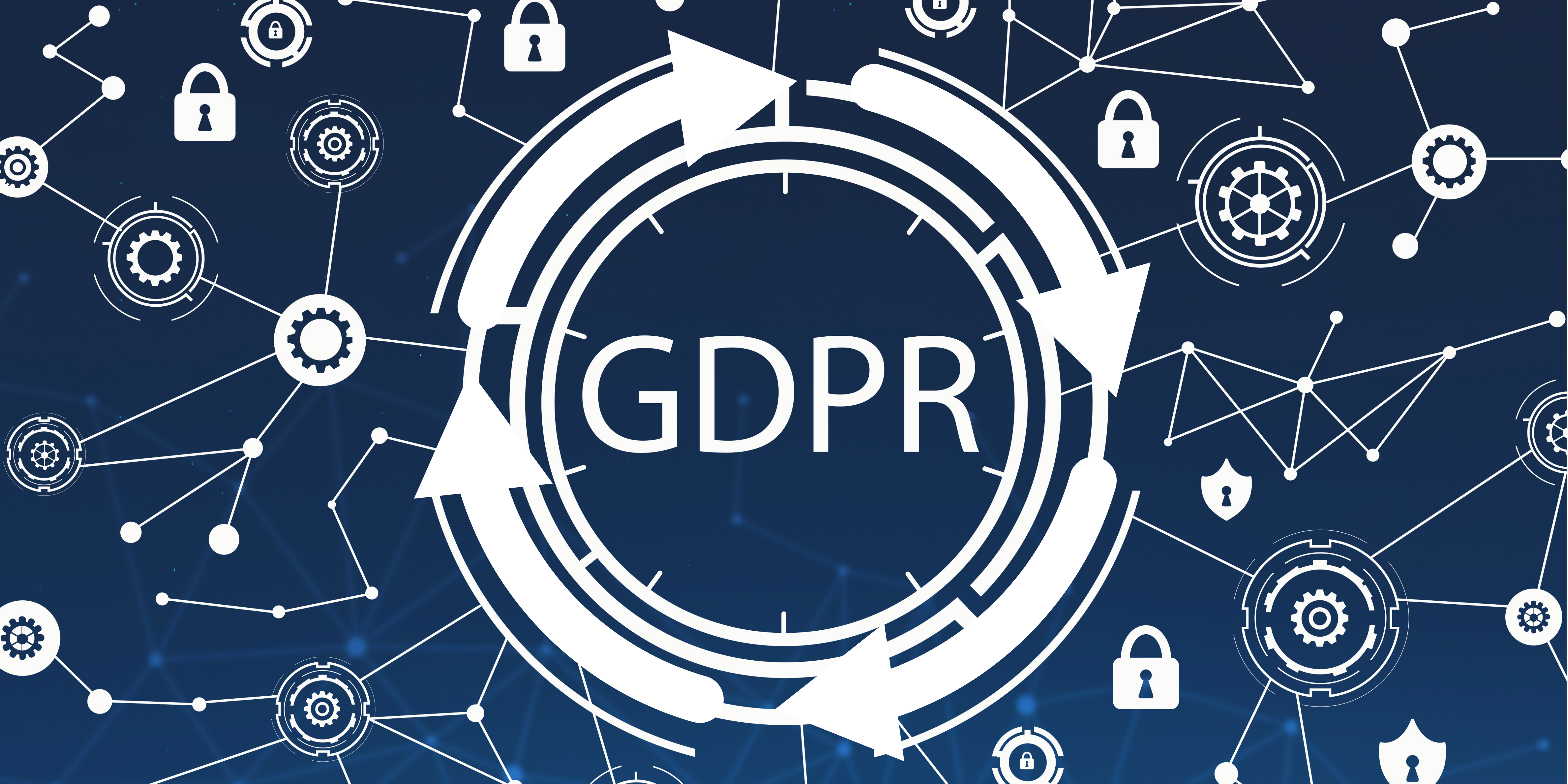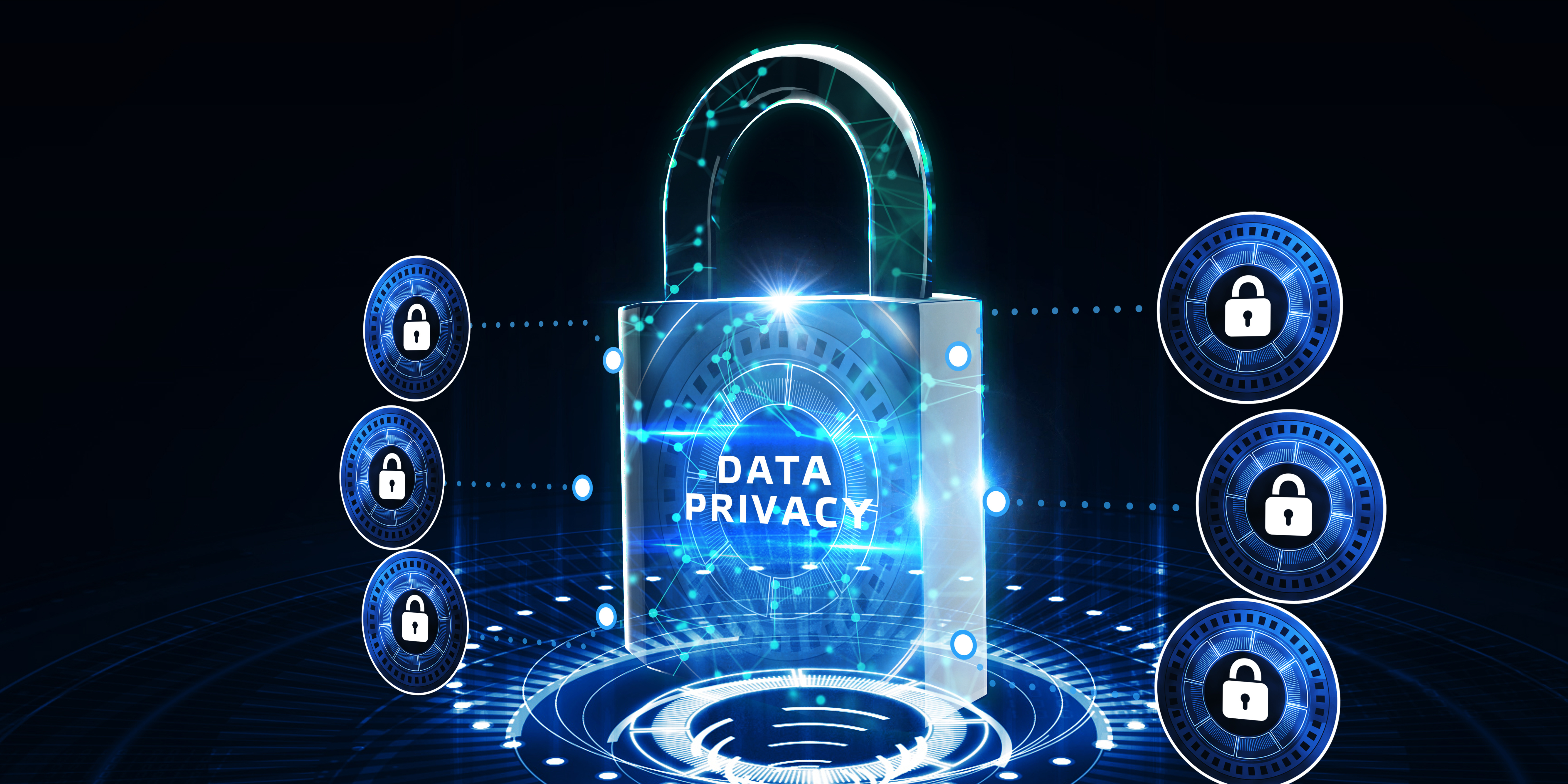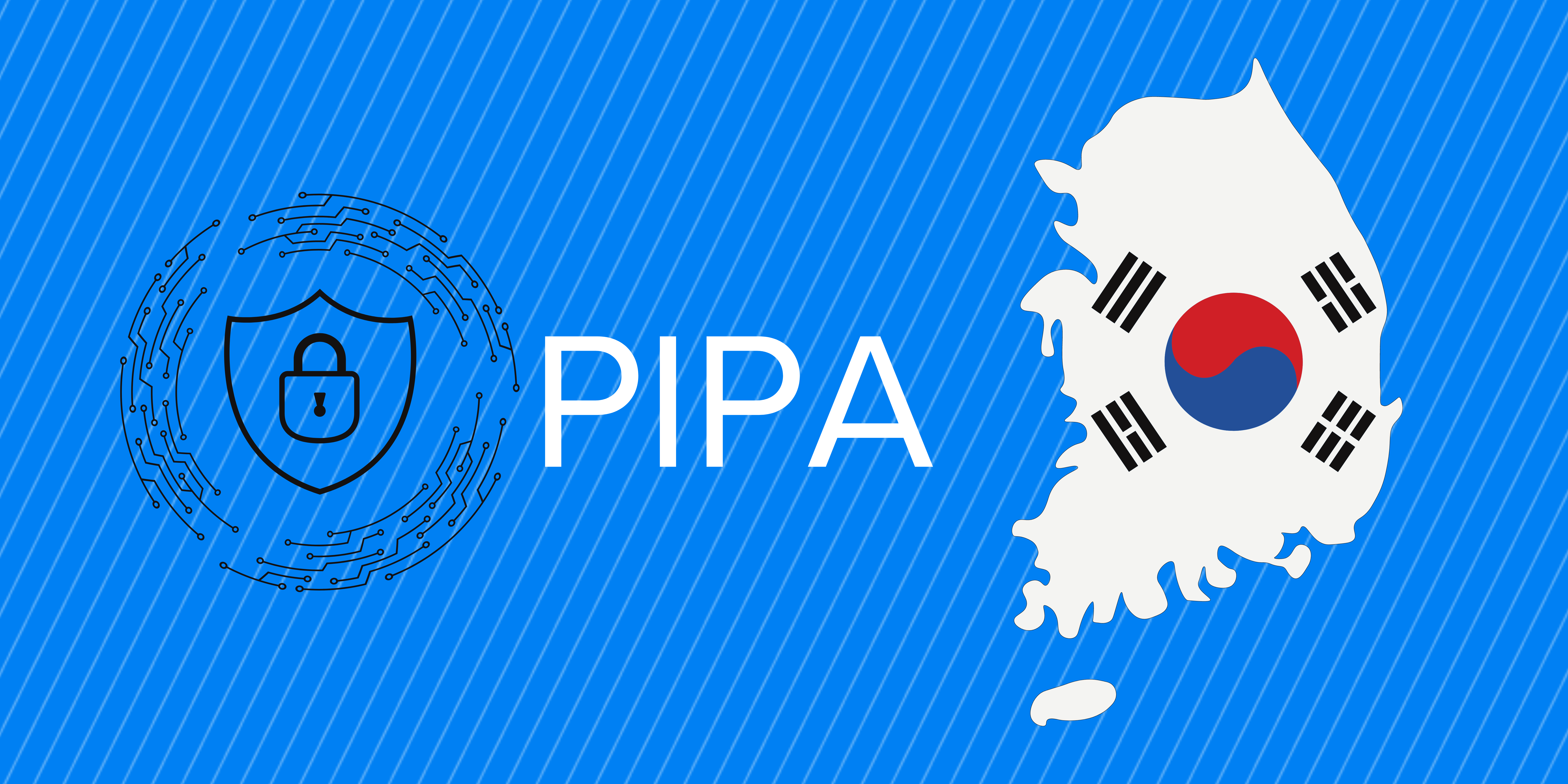Enhancing Data Lake Security: A Guide to PII Scanning in S3 buckets
Introduction Data lakes are messy with vast amounts of data scattered everywhere as they serve as repositories for a myriad of structured and unstructured data. Amidst this chaos lies a treasure trove of valuable and sometimes sensitive information, including data that can directly or indirectly identify individuals, known as Personally Identifiable Information (PII). As organizations … Read more










